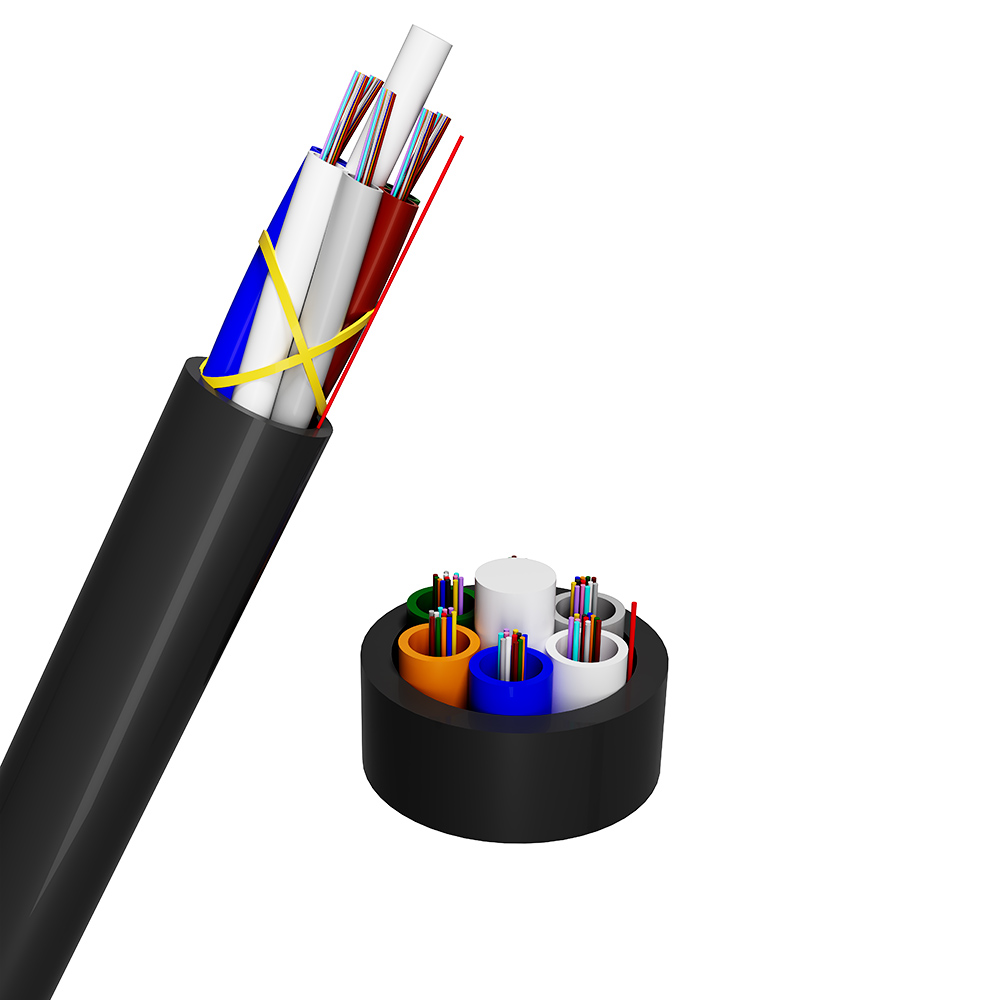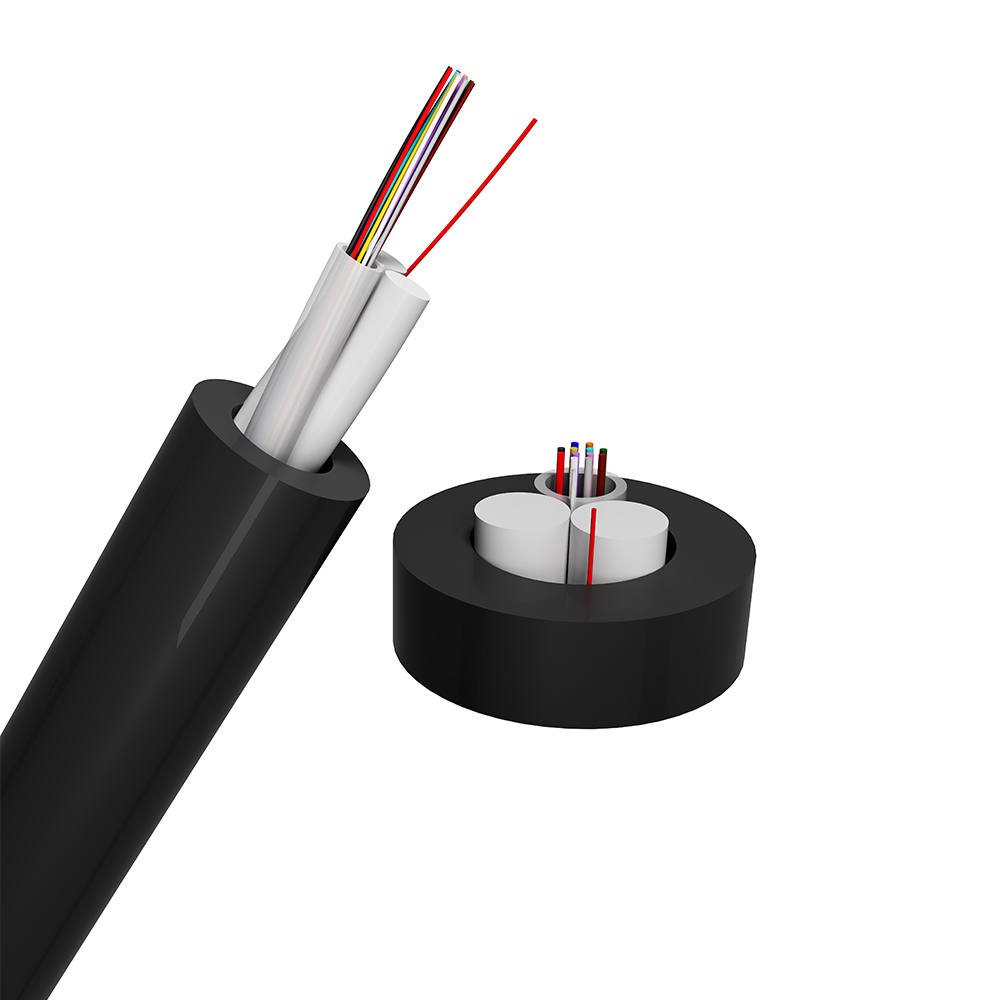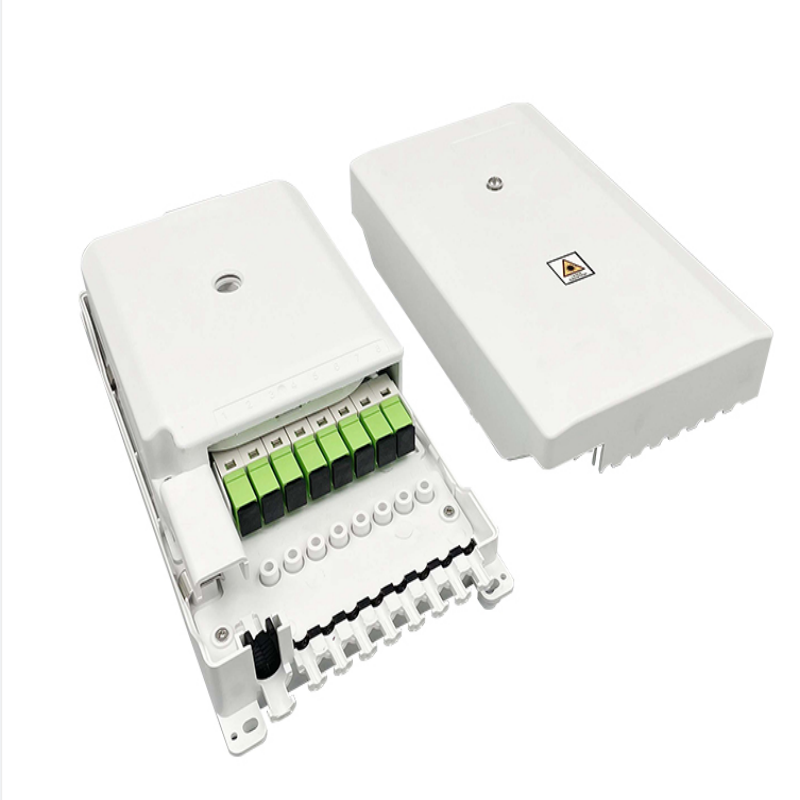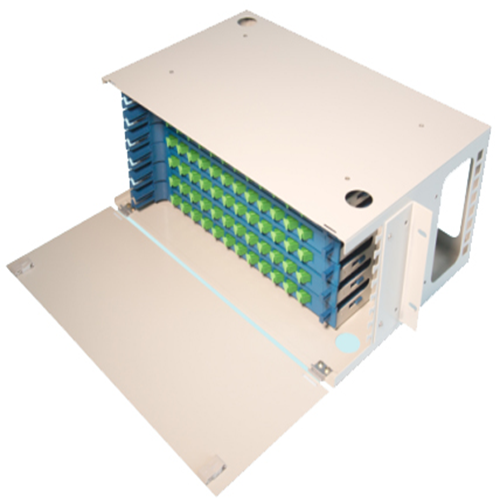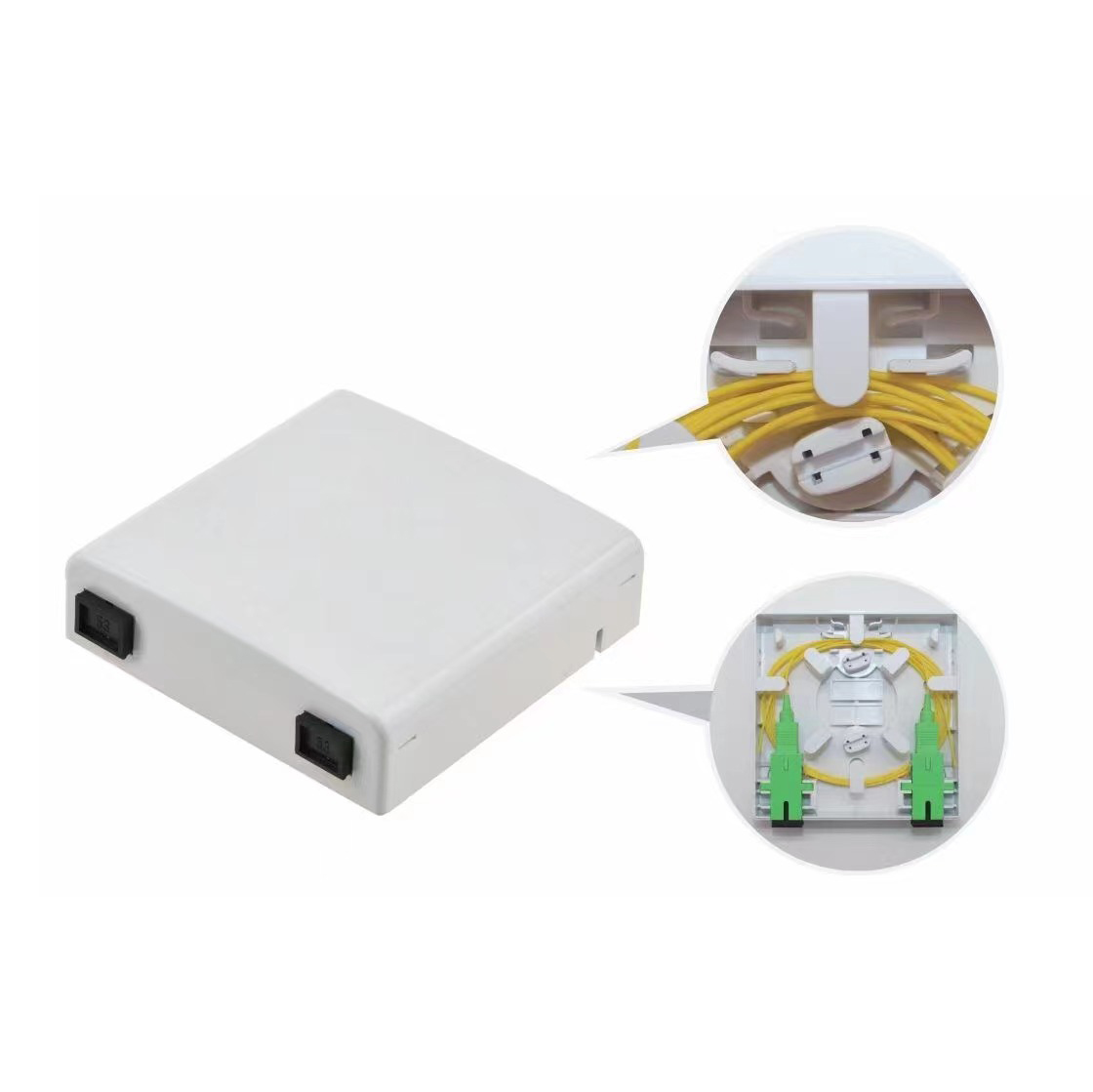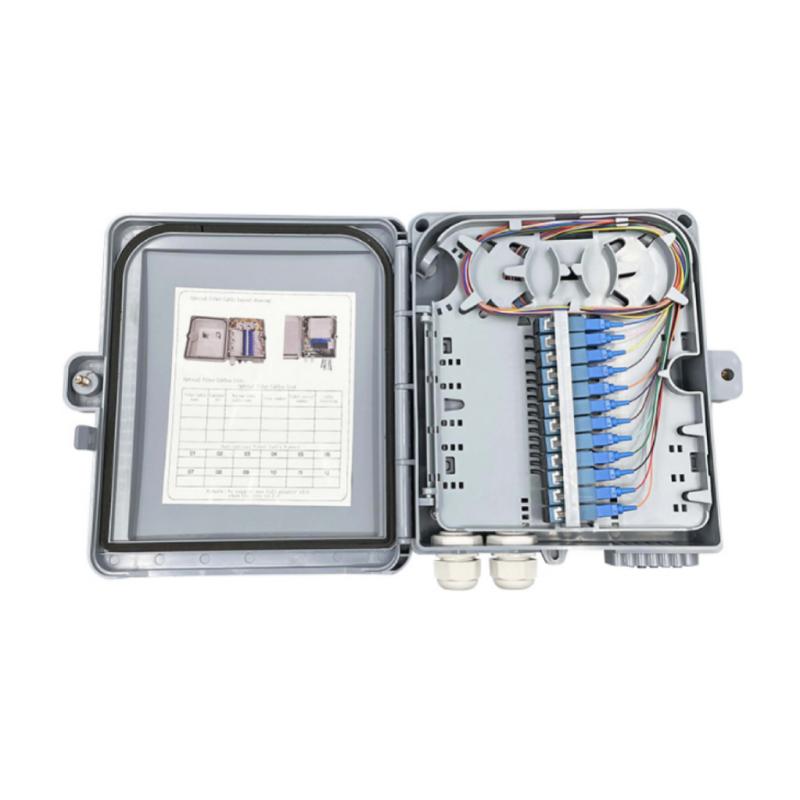Air Blowing Mini Optical Fibre Cable
GCYFY
Air Blowing Mini Optical Fibre Cable
Product Features
The loose tube material has good resistance to hydrolysis and side pressure. The loose tube is filled with thixotropic water-blocking fiber paste to cushion the fiber and achieve full-section water barrier in the loose tube.
Resistant to high and low temperature cycles, resulting in anti-aging and a longer lifespan.
Loose tube design ensures accurate excess fiber length control to achieve stable cable performance.
The black polyethylene outer sheath has UV radiation resistance and environmental stress cracking resistance to ensure the service life of optical cables.
The air-blown micro-cable adopts non-metallic reinforcement, with a small outer diameter, light weight, moderate softness and hardness, and the outer sheath has a very low friction coefficient and a long air blowing distance.
High-speed, long-distance air-blowing enables efficient installation.
In the planning of optical cable routes, microtubes can be laid at one time, and air-blown micro-cables can be laid in batches according to actual needs, saving early investment costs.
The laying method of microtubule and microcable combination has high fiber density in the pipeline, which greatly improves the utilization rate of pipeline resources. When the optical cable needs to be replaced, only the microcable in the microtube needs to be blown out and re-laid into the new microcable, and the pipe reuse rate is high.
The outer protection tube and microtube are laid on the periphery of the micro cable to provide good protection for the micro cable.
Optical Characteristics
| Fiber Type | Attenuation | 1310nm MFD
(Mode Field Diameter) |
Cable Cut-off Wavelength λcc(nm) | |
| @1310nm(dB/KM) | @1550nm(dB/KM) | |||
| G652D | ≤0.36 | ≤0.22 | 9.2±0.4 | ≤1260 |
| G657A1 | ≤0.36 | ≤0.22 | 9.2±0.4 | ≤1260 |
| G657A2 | ≤0.36 | ≤0.22 | 9.2±0.4 | ≤1260 |
| G655 | ≤0.4 | ≤0.23 | (8.0-11)±0.7 | ≤1450 |
| 50/125 | ≤3.5 @850nm | ≤1.5 @1300nm | / | / |
| 62.5/125 | ≤3.5 @850nm | ≤1.5 @1300nm | / | / |
Technical Parameters
| Fibre Count | Configuration Tubes×Fibres |
Filler Number | Cable Diameter (mm) ±0.5 |
Cable Weight (kg/km) |
Tensile Strength (N) | Crush Resistance (N/100mm) | Bend Radius (mm) | Micro Tube Diameter (mm) | |||
| Long Term | Short Term | Long Term | Short Term | Dynamic | Static | ||||||
| 24 | 2×12 | 4 | 5.6 | 23 | 150 | 500 | 150 | 450 | 20D | 10D | 10/8 |
| 36 | 3×12 | 3 | 5.6 | 23 | 150 | 500 | 150 | 450 | 20D | 10D | 10/8 |
| 48 | 4×12 | 2 | 5.6 | 23 | 150 | 500 | 150 | 450 | 20D | 10D | 10/8 |
| 60 | 5×12 | 1 | 5.6 | 23 | 150 | 500 | 150 | 450 | 20D | 10D | 10/8 |
| 72 | 6×12 | 0 | 5.6 | 23 | 150 | 500 | 150 | 450 | 20D | 10D | 10/8 |
| 96 | 8×12 | 0 | 6.5 | 34 | 150 | 500 | 150 | 450 | 20D | 10D | 10/8 |
| 144 | 12×12 | 0 | 8.2 | 57 | 300 | 1000 | 150 | 450 | 20D | 10D | 14/12 |
| 144 | 6×24 | 0 | 7.4 | 40 | 300 | 1000 | 150 | 450 | 20D | 10D | 12/10 |
| 288 | (9+15)×12 | 0 | 9.6 | 80 | 300 | 1000 | 150 | 450 | 20D | 10D | 14/12 |
| 288 | 12×24 | 0 | 10.3 | 80 | 300 | 1000 | 150 | 450 | 20D | 10D | 16/14 |
Application
LAN communication / FTTX
Laying Method
Duct, Air blowing.
Operating Temperature
| Temperature Range | ||
| Transportation | Installation | Operation |
| -40℃~+70℃ | -20℃~+60℃ | -40℃~+70℃ |
Standard
IEC 60794-5, YD/T 1460.4, GB/T 7424.5
Packing And Mark
OYI cables are coiled on bakelite, wooden, or ironwood drums. During transportation, the right tools should be used to avoid damaging the package and to handle them with ease. Cables should be protected from moisture, kept away from high temperatures and fire sparks, protected from over-bending and crushing, and protected from mechanical stress and damage. It is not allowed to have two lengths of cable in one drum, and both ends should be sealed. The two ends should be packed inside the drum, and a reserve length of cable not less than 3 meters should be provided.

The color of cable markings is white. The printing shall be carried out at intervals of 1 meter on the outer sheath of the cable. The legend for the outer sheath marking can be changed according to the user's requests.
Test report and certification provided.
If you're looking for a reliable, high-speed fibre optic cable solution, look no further than OYI. Contact us now to see how we can help you stay connected and take your business to the next level.

 0755-23179541
0755-23179541  sales@oyii.net
sales@oyii.net